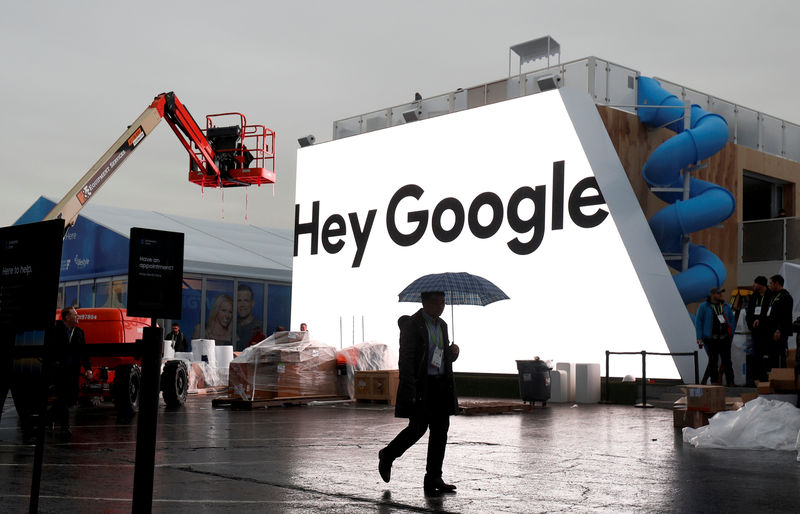
From January 2023 to April 2024, the stocks of the “Big 6 TECH+” companies – Apple (NASDAQ:), Amazon (NASDAQ:), Google (NASDAQ:), Meta (NASDAQ:), Microsoft (NASDAQ:), and Nvidia (NASDAQ:) – surged by 117%. This group comprises all of Magnificent Seven stocks, excluding Tesla (NASDAQ:).
However, these stocks have recently experienced a combined decline of 8%. According to UBS strategists, each of these companies, including Tesla, has retreated from recent highs, most notably the electric vehicle (EV) marker and Nvidia, with pullbacks of 50% and 20%, respectively.
UBS is less bullish on Big 6
In turn, UBS downgraded Big 6 companies from Overweight to Neutral, citing “earnings momentum reversal.”
“Investors attribute the run in mega cap stocks to animal spirits and the impact of AI; however, our work indicates that surging earnings momentum fueled this upside,” strategists led by Jonathan Golub noted.
“Unfortunately, this momentum is collapsing, with Big 6 EPS growth expected to decline from 42% to 16% over the next year, while the rest of TECH+ and non-TECH+ stocks accelerate,” they added.
UBS said their downward revision was not due to concerns over extended valuations or doubts about AI technology. Instead, it reflects a recognition of the challenging comparables and cyclical forces that are currently affecting these stocks.
“These forces do not apply to other TECH+ companies or the rest of the market in the same way,” strategists explained.
Elsewhere, Citi strategists have conducted simulations to understand the performance of equity markets without the contribution of key stock groups – the Magnificent 7 in the U.S. and the Super-7 in Europe.
remove ads
.
The findings indicated that, over the past five years, both markets would have performed differently if these groups had been excluded. Specifically, the hypothetical benchmarks showed that the U.S. market would have lagged by 14%, and the European market by 7%.
